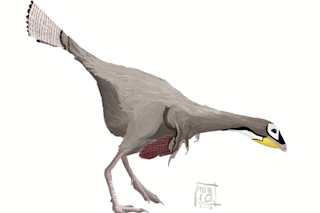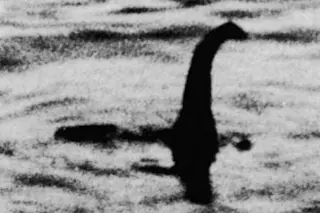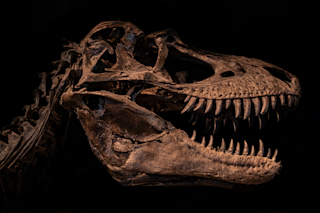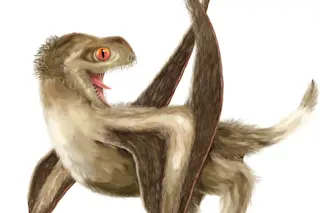There was a giddy buzz last October in the halls of the American Museum of Natural History in New York City. During the annual meeting of the Society of Vertebrate Paleontology, photographs of a new fossil from China attracted crowds and gasps. It was the dream of many of the attendees: a feathered dinosaur.
In the early 1970s a handful of paleontologists led by John Ostrom of Yale had resurrected the discarded nineteenth-century notion that birds were the living descendants of dinosaurs--more precisely, Ostrom said, of the nimble, bipedal carnivores known as theropods. As more detailed studies appeared in the 1980s, most researchers came to accept the link; the skeletons of birds and theropods seemed to have much in common. But one hallmark of birds had never been found on any dinosaur fossil. If Ostrom and his supporters are right, the dinosaurian ancestors of birds should have had feathers as ...














